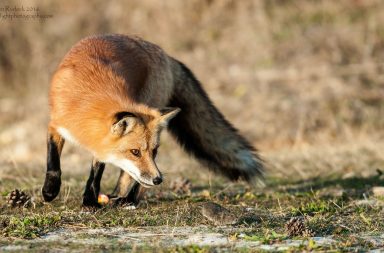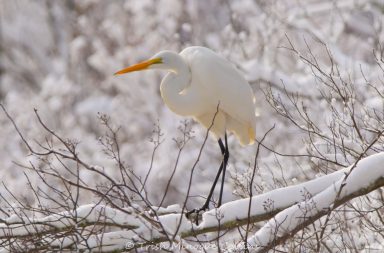Editors note: Last year we featured now 19 year old Alex Roukis and his stunning images of Long Island reptiles and amphibians, if you missed that click here.
We asked Alex to come back for Part II and give some tips on finding these creatures most Long Islanders (including me) have never seen and share some of his recent finds.
Alex is going into his sophmore year at The State University of New York College of Environmental Science and Forestry near Syracuse, you can follow his amazing work on Instagram.
By Alex Roukis
My interest (or obsession) in reptiles and amphibians sparked when I was about three or four years old catching fowler’s toads in the yard. When I was a year or two older, my dad started taking me to local ponds to look for snapping turtles, bullfrogs, and garter snakes. When we weren’t finding anything, my dad would throw rocks and sticks in the bushes behind me, and I would turn around and get all excited thinking I heard a snake moving. My dad likes to say that was the biggest reason herping has become a lifelong interest of mine. Maybe it is, or maybe it isn’t, but either way I still find it hilarious when he tries to do that on our hike’s today!
Despite the depressing amount of development, Long Island is home to many species of reptile and amphibian -40 species in total, if you include the five species of sea turtle that can possibly be seen in LI waters. The most diversity on Long Island is found in the Central Pine Barrens, a vast landscape of pitch pines, sandy soils, and ticks. Most of Long Island’s snakes and turtles can be found in the Barrens. They love to inhabit old agricultural fields and backcountry wetlands, where development and poaching have been minimal.
Finding reptiles and amphibians to observe or photograph can be challenging, but studying the habits and habitat of a particular species can be immensely helpful. For frogs, the most productive method is to listen for their calls. If you hear them calling in a certain area, either walk over to the wetland with a spotlight or slowly drive that road on rainy nights to see them crossing. The same method works with salamanders, except that you can’t listen for calls, which makes it a little more of a challenge! For turtles, look for them nesting in Spring and early Summer, or scan ponds for little heads poking out of the water. For snakes, go hiking in sunny areas with mixed habitats of fields, wetlands, and woods. You will probably hear them slithering before you see them, so if you’re trying to photograph them you’ll have to be quick on your feet!
Quick Tips and Warnings for Finding and Handling Reptiles and Amphibians in the Field:
- Watch out for ticks! Bring a lint-roller with you and wear treated clothes if possible.
- If you decide to go driving at night for amphibians, please be safe on the road and keep a spotlight or reflective vest so other drivers can see you. Never stop for something on a busy road, it is not worth risking your life.
- None of LI’s native snakes are venomous, but most will bite if you pick them up. Their bites are painless, but might draw some blood. Turtles on the other hand, will bite ! It’s no fun trying to pry a big ole snapping turtle off your wrist (don’t ask how I know haha).
- Whenever handling a wild reptile or amphibian, keep both your safety and the animal’s in mind. Hold them close to the ground and be gentle. Don’t handle amphibians unless absolutely necessary, since their skin is so sensitive. Although many people don’t realize, holding heavy snapping turtles by the tail is often a death sentence, so hold them by the sides of the shell instead.
- Get out there as often as possible! There are many days where I come home with lots of ticks, leeches, and poison ivy but no pictures of reptiles. Herping is 90% luck ad 10% skill, so going out often means you’ll have a better chance at seeing those amazing critters!

Eastern Hognose Snake

Fowlers Toad

Ring Necked Snake

Spotted Salamander



